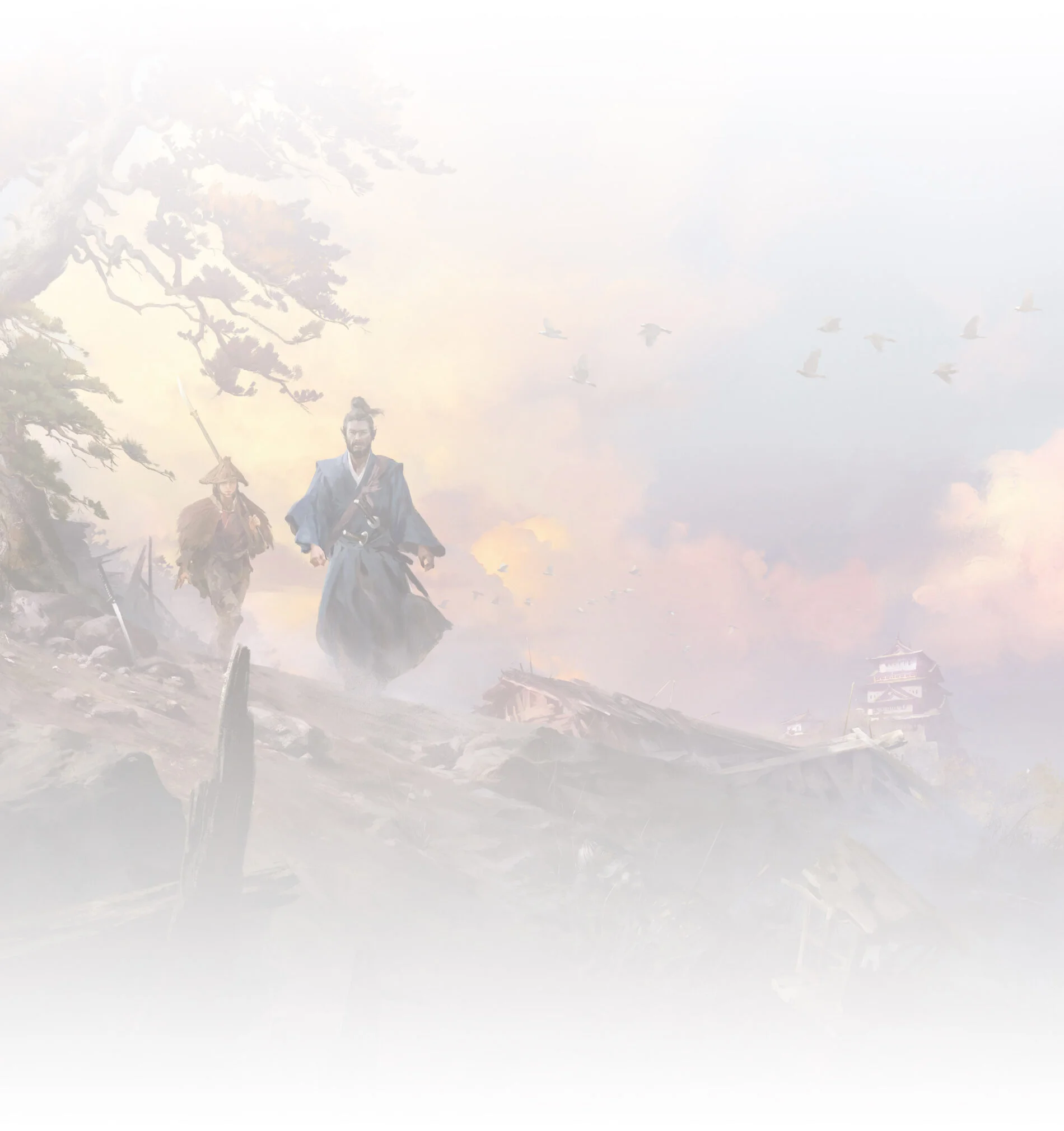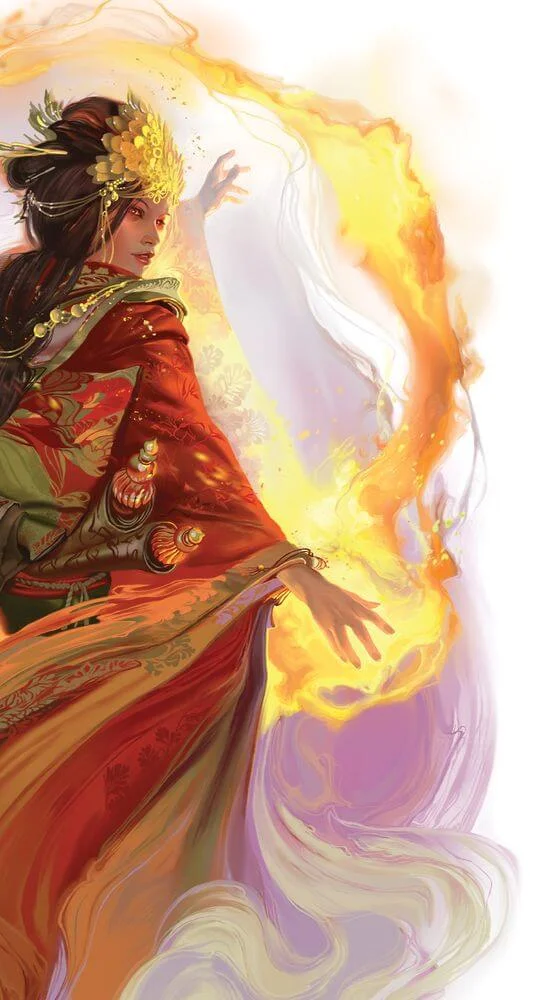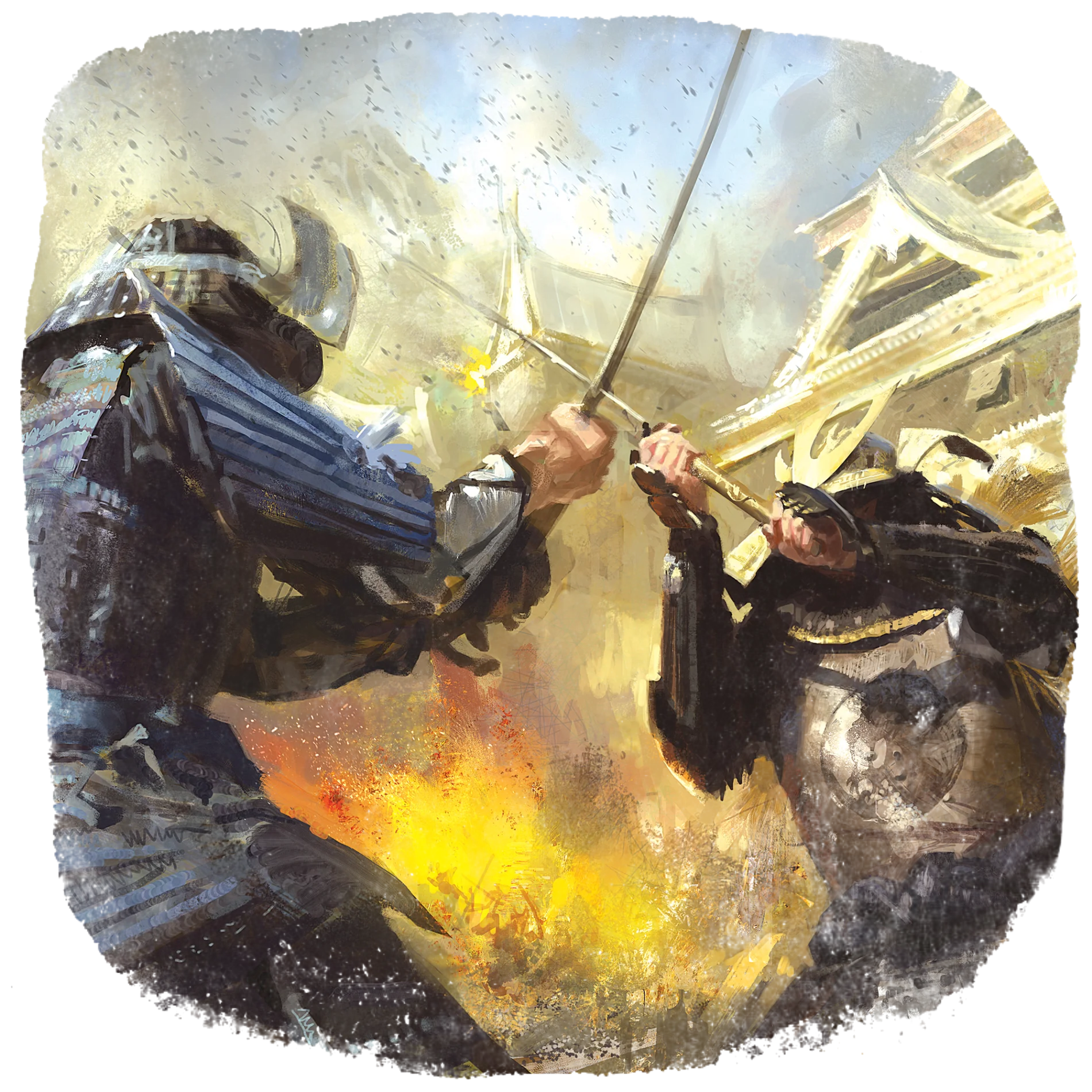
The Realm
of Rokugan
In the wondrous domain known as Rokugan, shapeshifters, dragons, and gods walk beside mortals, while ghosts, monsters, and demons lurk in the shadows. The land itself is alive with elementals, and grand shrines are devoted to revering the spirits of the greatest forests, rivers, lakes, and mountains across the realm. Temples and monasteries are places where mortals can pray to the Fortunes for protection or prosperity, or retreat from the wider world to focus on cultivating their soul. Mighty ancestor spirits may bestow their blessings on the worthy or curse descendants who do not live up to their family name. Armor and weapons wielded by heroes can have their inner magic awakened, and powerful curses can cling to bloodlines and artifacts alike.
These elements, also called the Five Rings, are represented in the sacred spirits of the land and the natural world, but also in society and in one’s psyche. Air is the weather and the wind, the invisible and the innuendo, and the swiftness of a bird of prey. Earth is stone, wood, and metal, as well as a donkey’s stubbornness and a tortoise’s patience. Fire is the gentle warmth of the sun or the rage of a wildfire, but also the spark of innovation, the passion of devotion, and the ferocity of a wildcat. Water is an octopus’s adaptability and flexibility; it takes the shape of its container, be it a puddle, river, or endless sea. Void is the emptiness of the night sky, at once present and transcendent.
The mortals capable of invoking the power of the spirits of Air, Earth, Fire, and Water are known as elementalists. Each samurai clan fosters its own arcane traditions, from the artificers of the Crane to the alchemists of the Dragon, the witch-hunters of the Crab to the spiritcallers of the Lion, and the illusionists of the Scorpion to the name keepers of the Unicorn. The Tensai of the Phoenix specialize in mastering a single element, while the enigmatic Ishiken can tap into the enigmatic fifth element of Void.
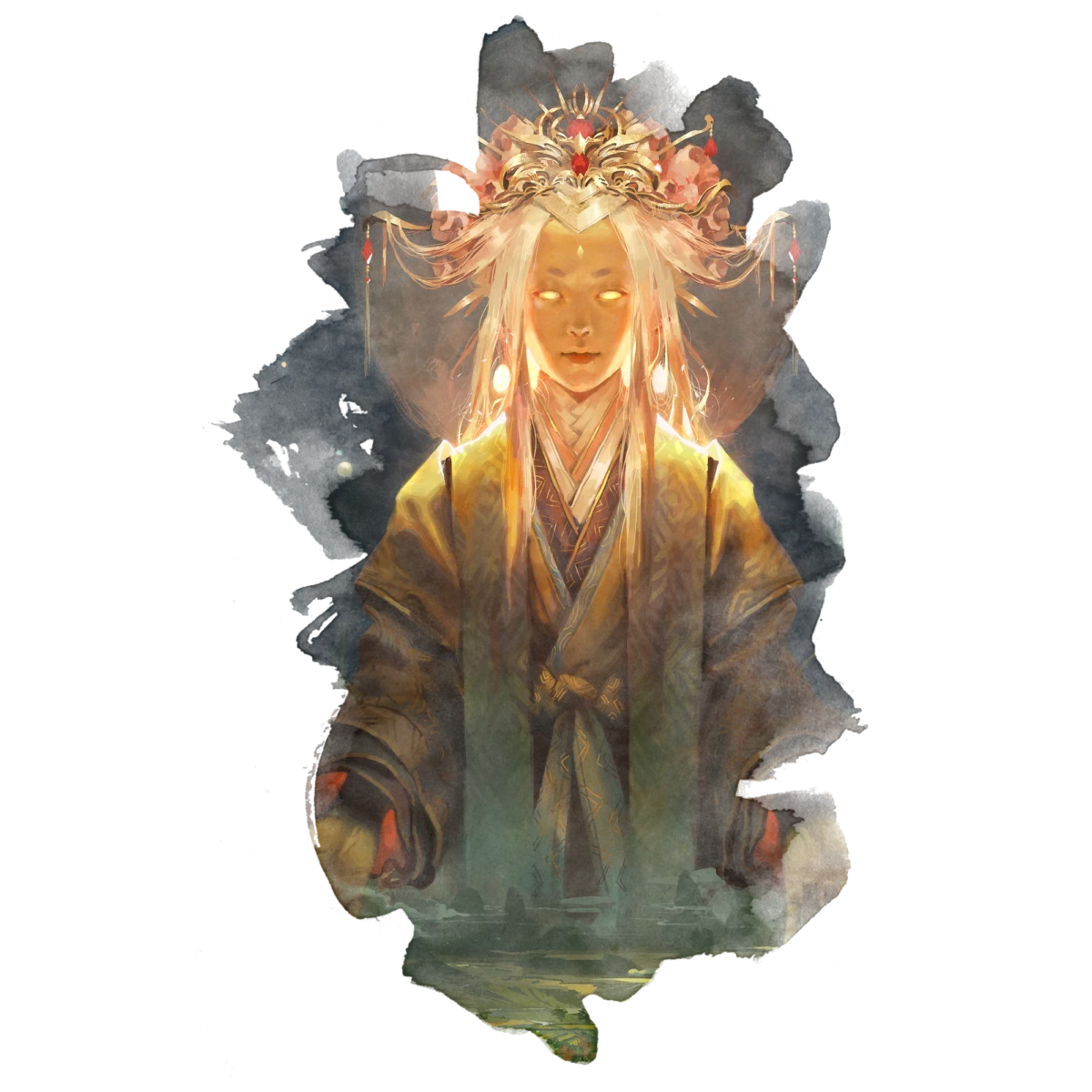

Rokugan is the Emerald Land, a vast, majestic country that stretches nine hundred miles from the pine valleys and snow-capped peaks of the Great Northern Mountains at one end, to the austere Carpenter Wall standing vigil along the country’s desolate southern border. Beyond the Wall lies the Shadowlands, a blighted land tainted by the influence of Hell itself, and dangerous for even the most legendary heroes to step foot within.
At its widest point, Rokugan measures six hundred miles, from the Sea of the Sun Goddess in the east to the Burning Sands in the west. Within its borders, bountiful plains ripple gold in the sunlight, and primordial forests hide mysterious spirits and dangerous creatures. Hot springs straddle mountain ranges and hills laden with precious gems and minerals. Countless rivers, lakes, and streams wend their way toward the ocean, where fish, seaweed, and pearls are netted by divers and fishermen. Crimson gates mark the gateway to sacred spaces, which exist alongside the sprawling cities and huddled hamlets of human civilization.
THE GREAT CLANS

Each of the seven Great Clans presides over a different corner of the Empire, protecting the natural harmony of the land and the spirits that dwell there. Shrines and temples dot the landscape, marking places of spiritual power and contemplation. Fortifications large and small protect roads, bridges, mountain passes, and the domains of great lords. In the shadows of these castles, towns and villages prosper from the efforts of craftspeople and artisans. Beyond the city limits, peasants toil over rice paddies and fields of grain, or hunt and gather the bounty of the forests. Coursing rivers carry merchant vessels, pleasure barges, and the occasional pirate ship from province to province. To travel the Empire on its few roads, samurai must obtain special papers and pay a tax toward their upkeep. Merchants’ carts and horses are banned from the Imperial highways altogether, forcing them to rely on special trade routes to carry goods between cities.
Given the size of the Empire and the difficulty of journeying, few get to witness the variety of the Empire’s vistas in one lifetime. Instead, citizens are deeply in tune with the natural cycles of the provinces they call home. The Elemental Dragons bring four seasons to the Empire, which are celebrated by festivals and arts. In the spring, the delicate fragrance of cherry blossoms wafts from misty gardens. Summer heralds rains and oppressive heat, slowly giving way to autumn’s brilliant scarlet leaves, shrill cicada cries, and typhoons. Winter buries the lands in deep snow, closing mountain passes and driving the citizenry to the warmth and comfort of the hearth.
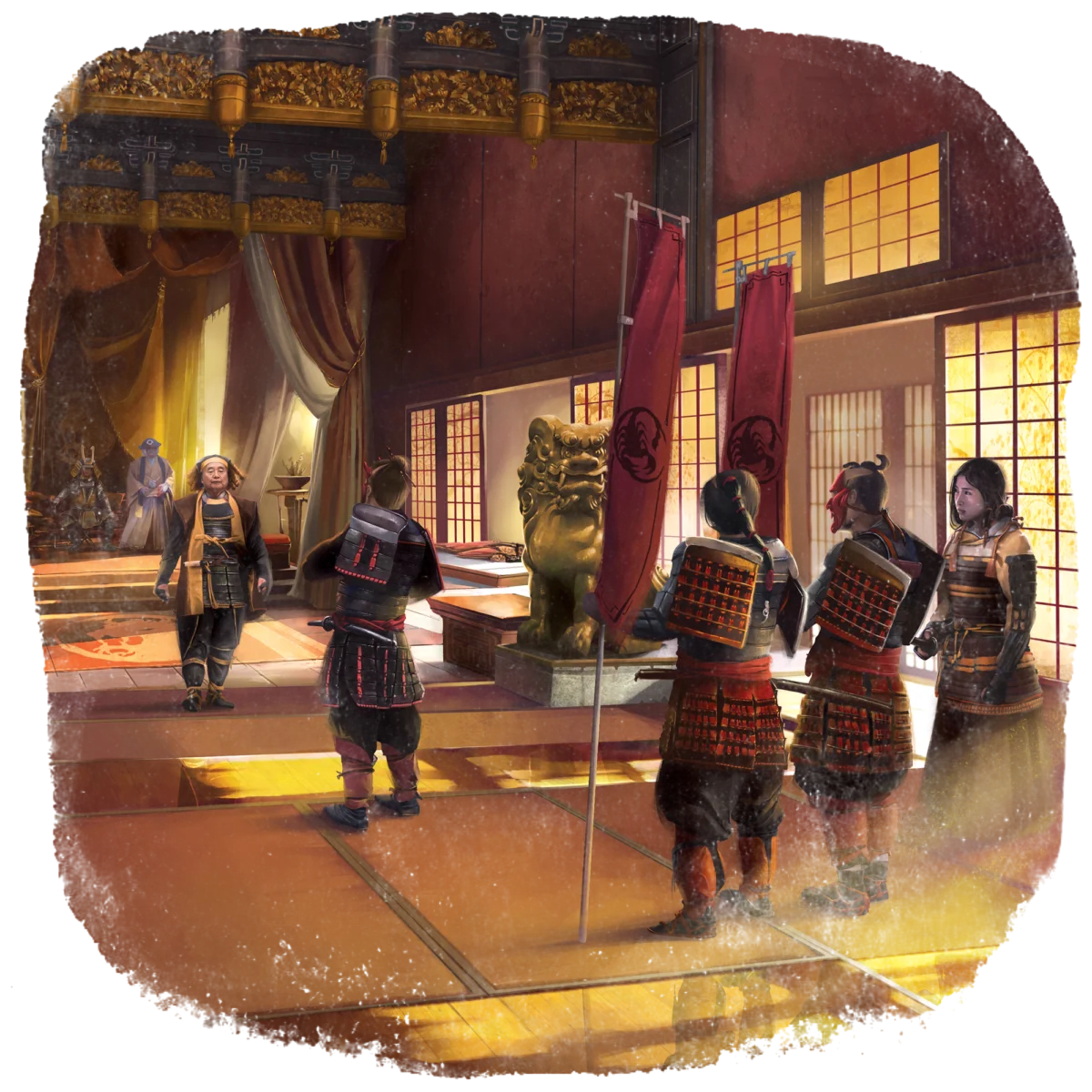
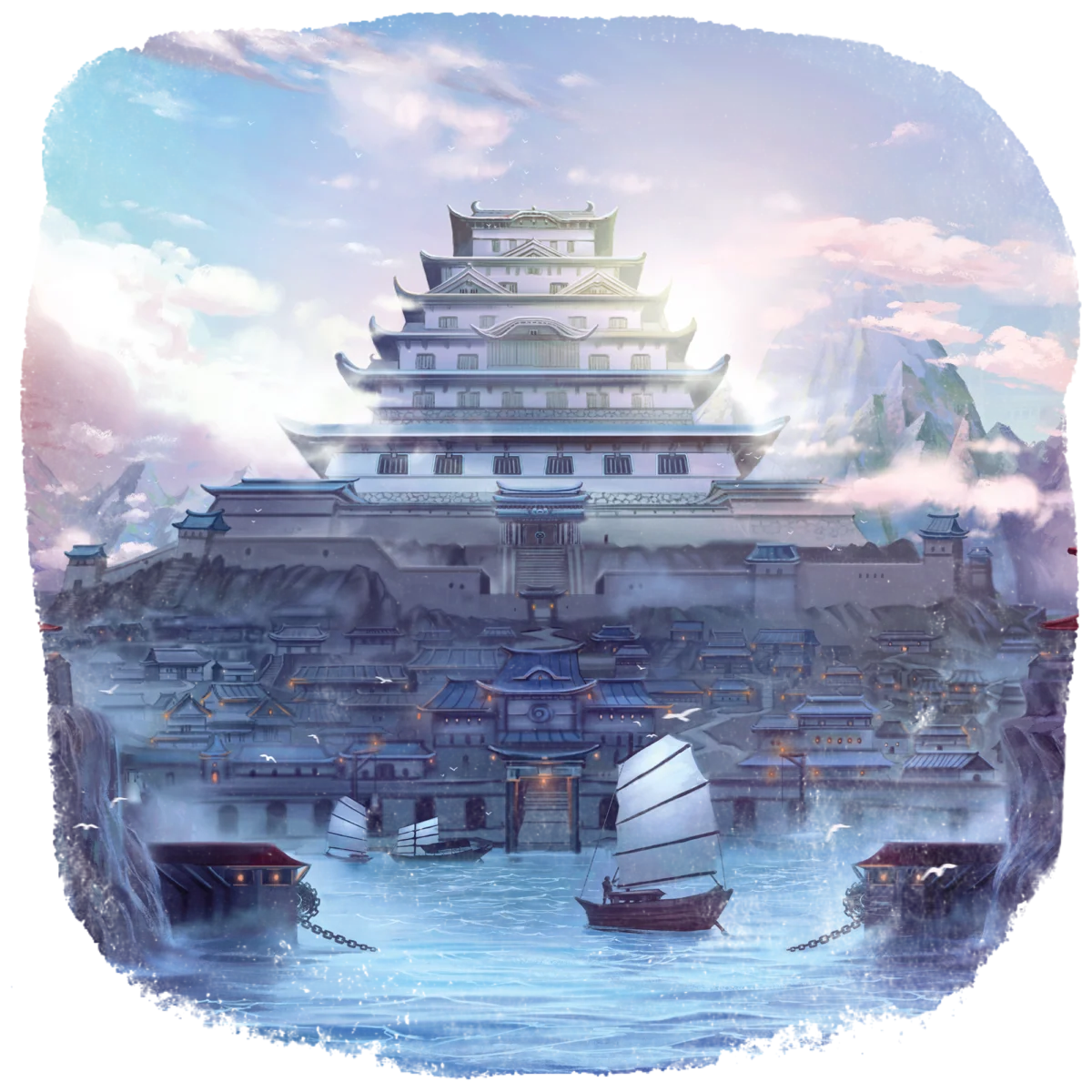
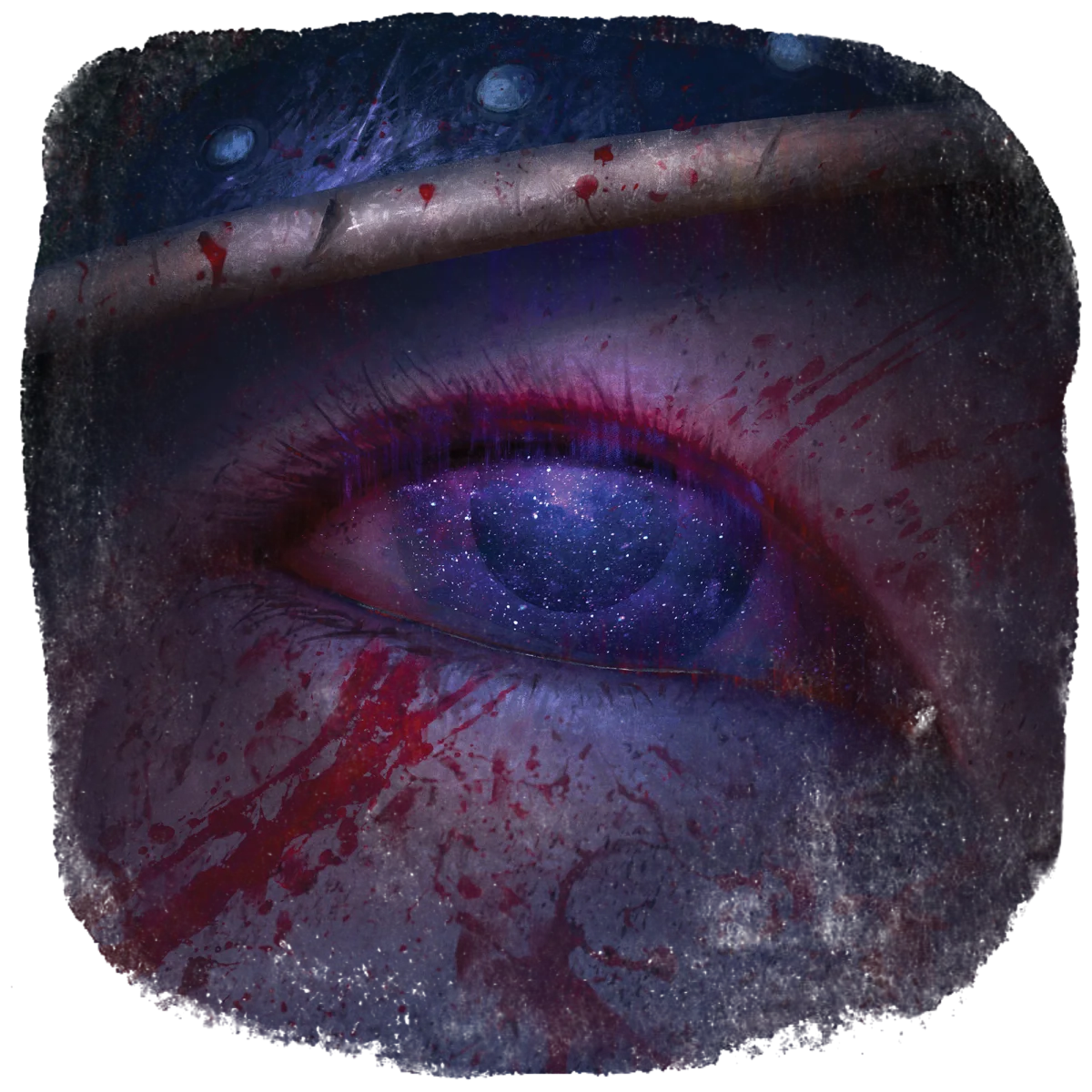

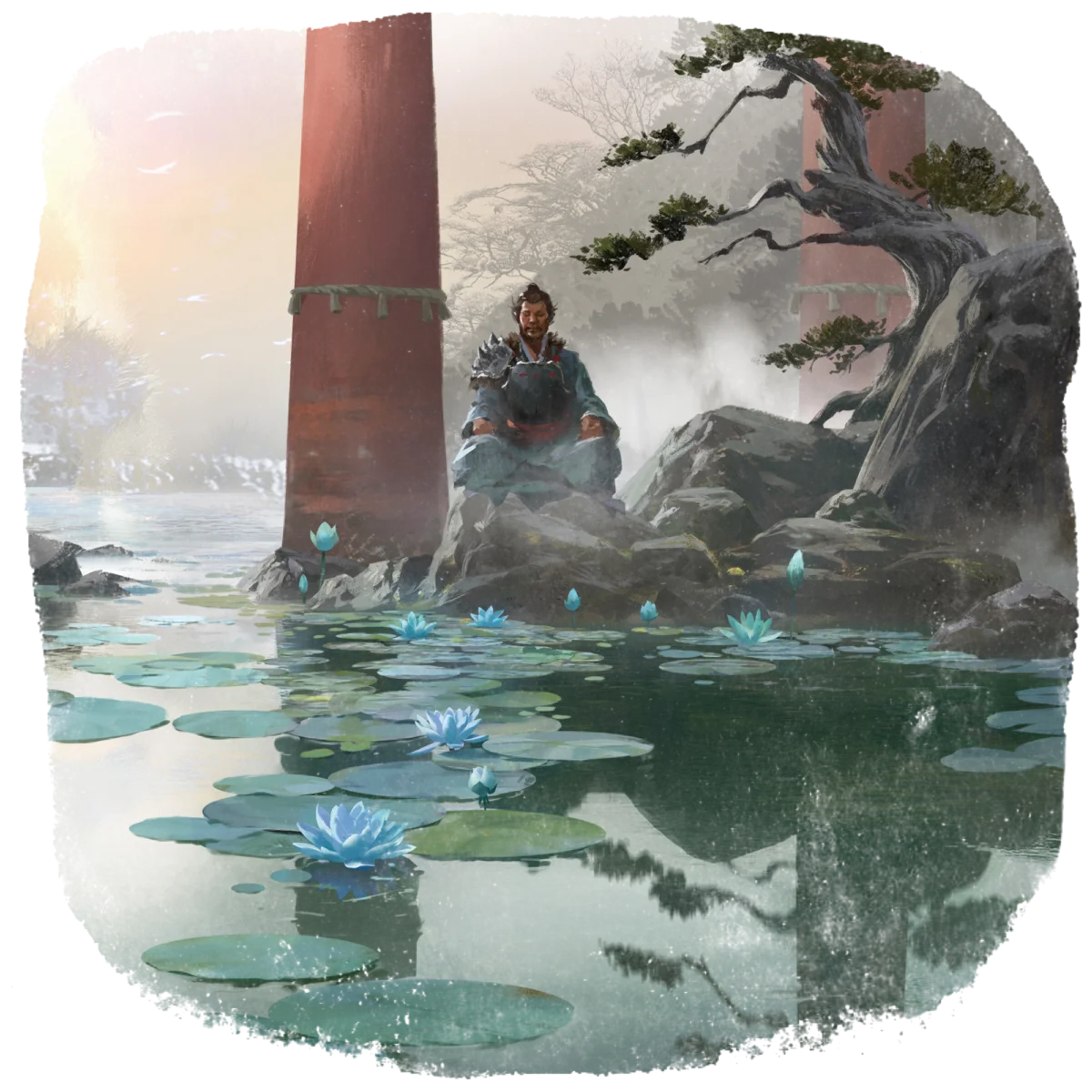
At the dawn of the Empire, the Tournament of the Gods was held to determine which of the celestial siblings who fell from the stars would lead their siblings and rule the land. It was Hantei who emerged victorious, and his name became synonymous with the new imperial dynasty. For a thousand peaceful years, the descendants of Hantei have ruled over the Emerald Empire with justice and wisdom. None of the Great Clans can have one of their own sit on the throne and promote their clan’s interests above others. Though the Imperial Consort may be of a specific clan, the Hantei are scrupulous in not showing favoritism.
With so many generations of Hantei, innumerable siblings have become spare heirs who are never called upon to ascend the throne. Even within only a few generations, the number of royal heirs born to the Imperial family would require an entire city of palaces, and moreover, none but the Emperor and their immediate kin could use the Hantei family name. To manage this abundance of royals, these other heirs join peripheral Imperial families upon reaching adulthood. They serve as the heralds and bureaucrats of the Empire and the bodyguards and spiritual wardens of the Emperor.


The Imperial City
The Imperial City is the oldest city in Rokugan and the seat of the Hantei Emperors. Overlooking many city districts and the enchanted walls, the Imperial Palace rises ten stories high in the very heart of the Forbidden City.

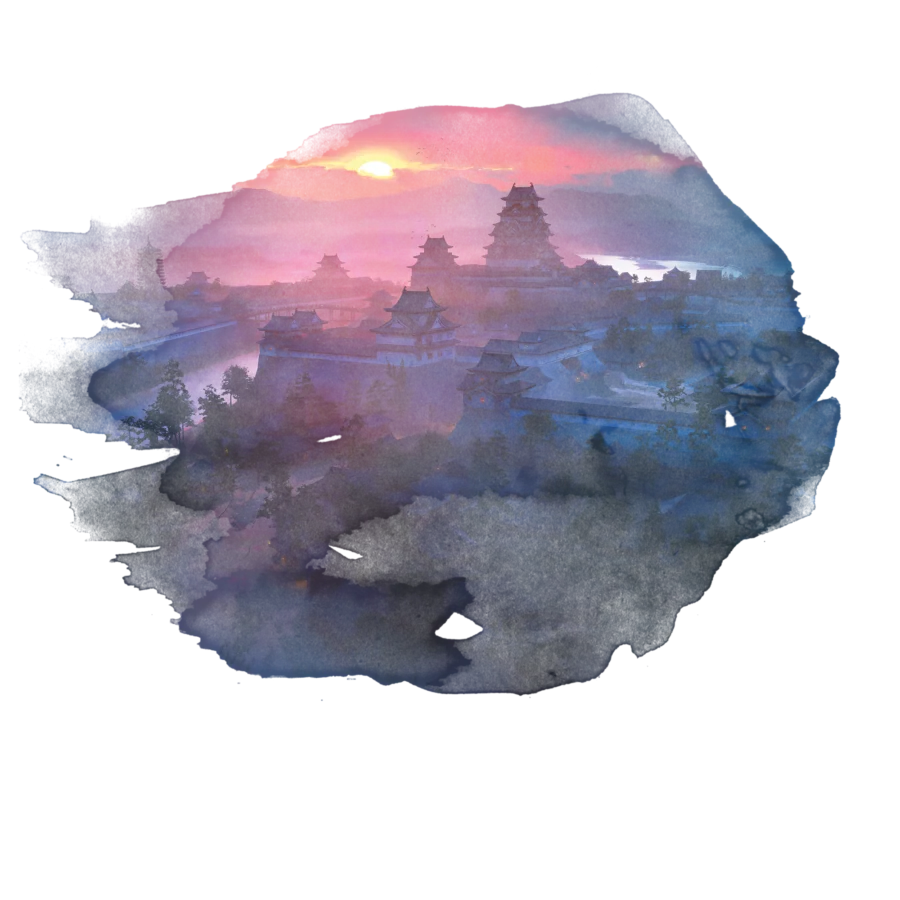
Violence Behind Courtliness City
Originally a minor castle town, Violence Behind Courtliness City has grown into a mighty fortress city. For centuries it has stood at the heart of the Crane-Lion fighting, and possession of the holding has passed back and forth between the two clans endlessly.

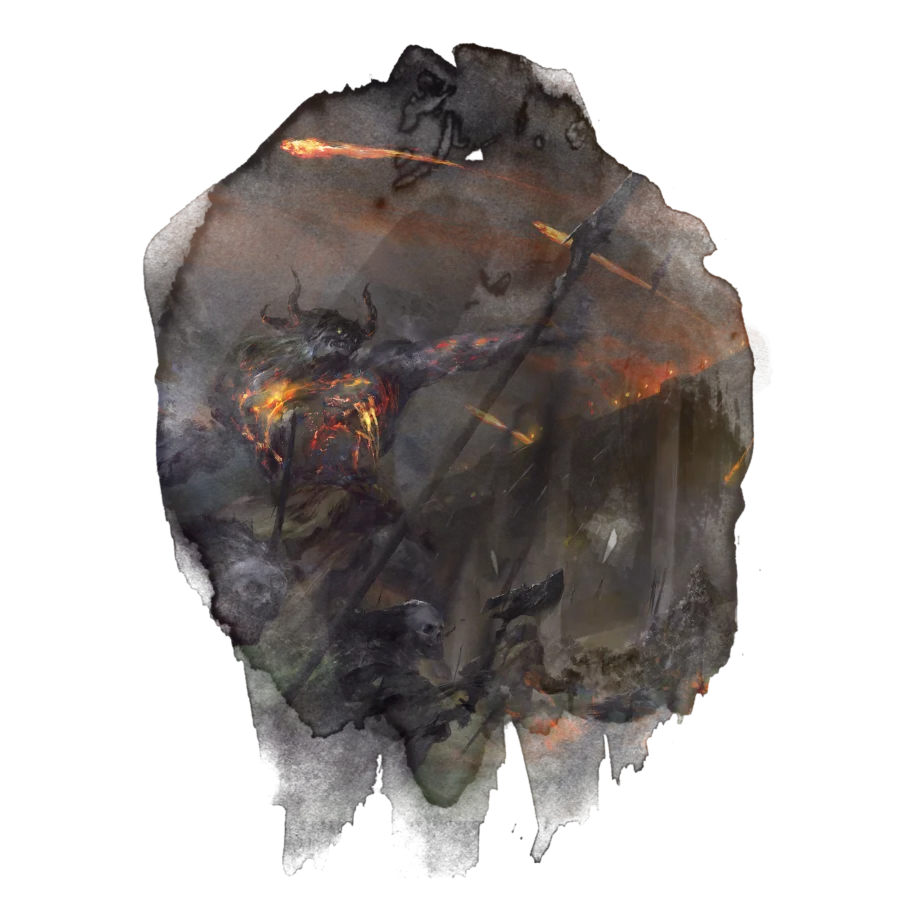
The Carpenter Wall
The Carpenter Wall fortifies Rokugan’s southern border as the first and final line of defense against the depredations of the Shadowlands. It is by far the Empire’s largest edifice, with hundred-foot-tall walls, massive battlements, and soaring watchtowers.

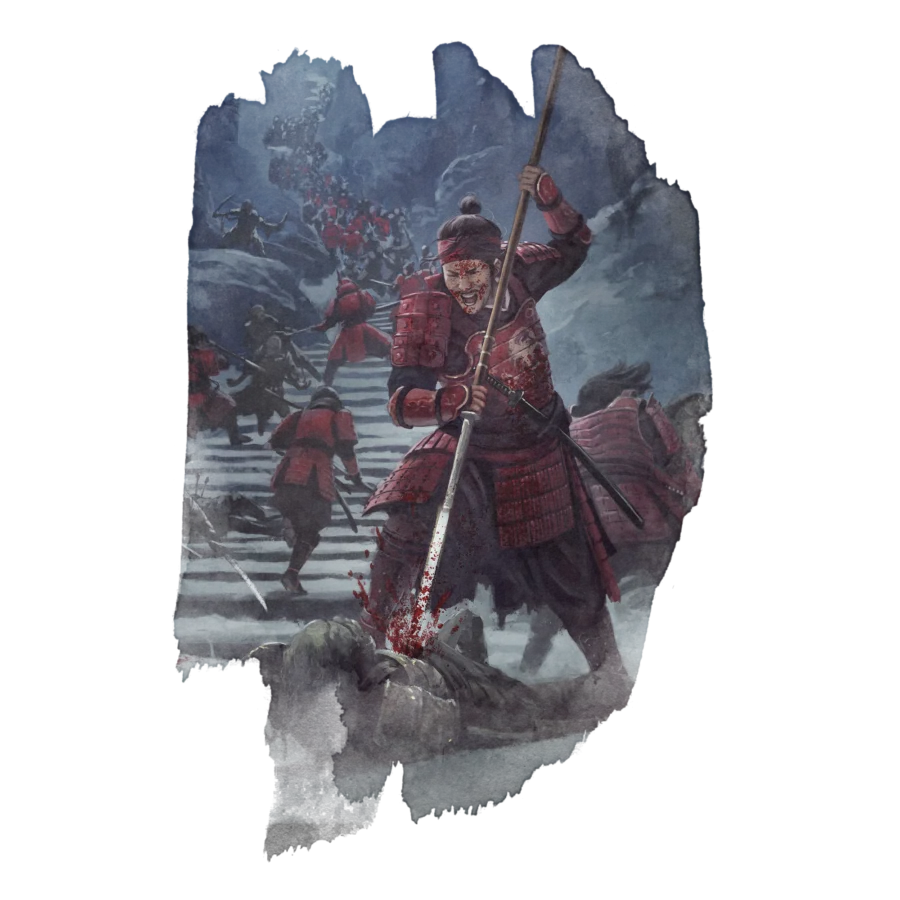
Beiden Pass
Beiden Pass is a vital strategic holding and the main pass across the Spine of the World Mountains. Named for the legendary monk who once single-handedly defended it, it is a key through-point for overland travel when moving north or south in Rokugan.
In Rokugan, a rōnin, or “wave man,” is a samurai without a master. They might be samurai whose fortunes have fallen, who have been unjustly dismissed by their lords, or who have no post to inherit. Others are individuals who have chosen to undertake a warrior’s pilgrimage, adventuring in the world to win a name for themself, prove their skills, or even find redemption. Still others were not born to the samurai class at all, but have proven their skill and now wander the land, working as scouts, bodyguards, and blades for hire. Some rōnin lament their status and desire to find a new lord to employ them. Others prefer to be free of courtly intrigues and political compromises, making their way in the world on their own. Some rōnin hold themselves to the Code of Akodo or some other set of virtues they find important, while others are pure pragmatists. No two rōnin have exactly the same circumstances, but theirs is always a hard path.
